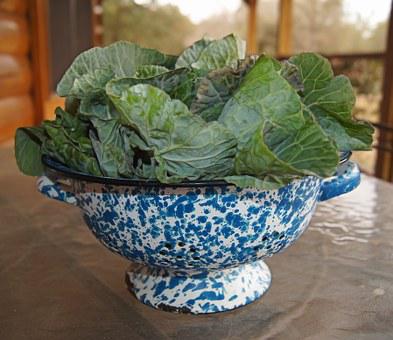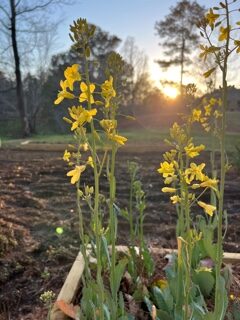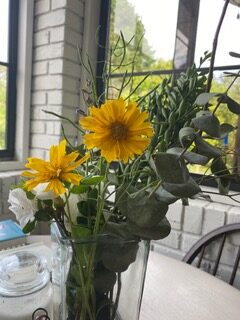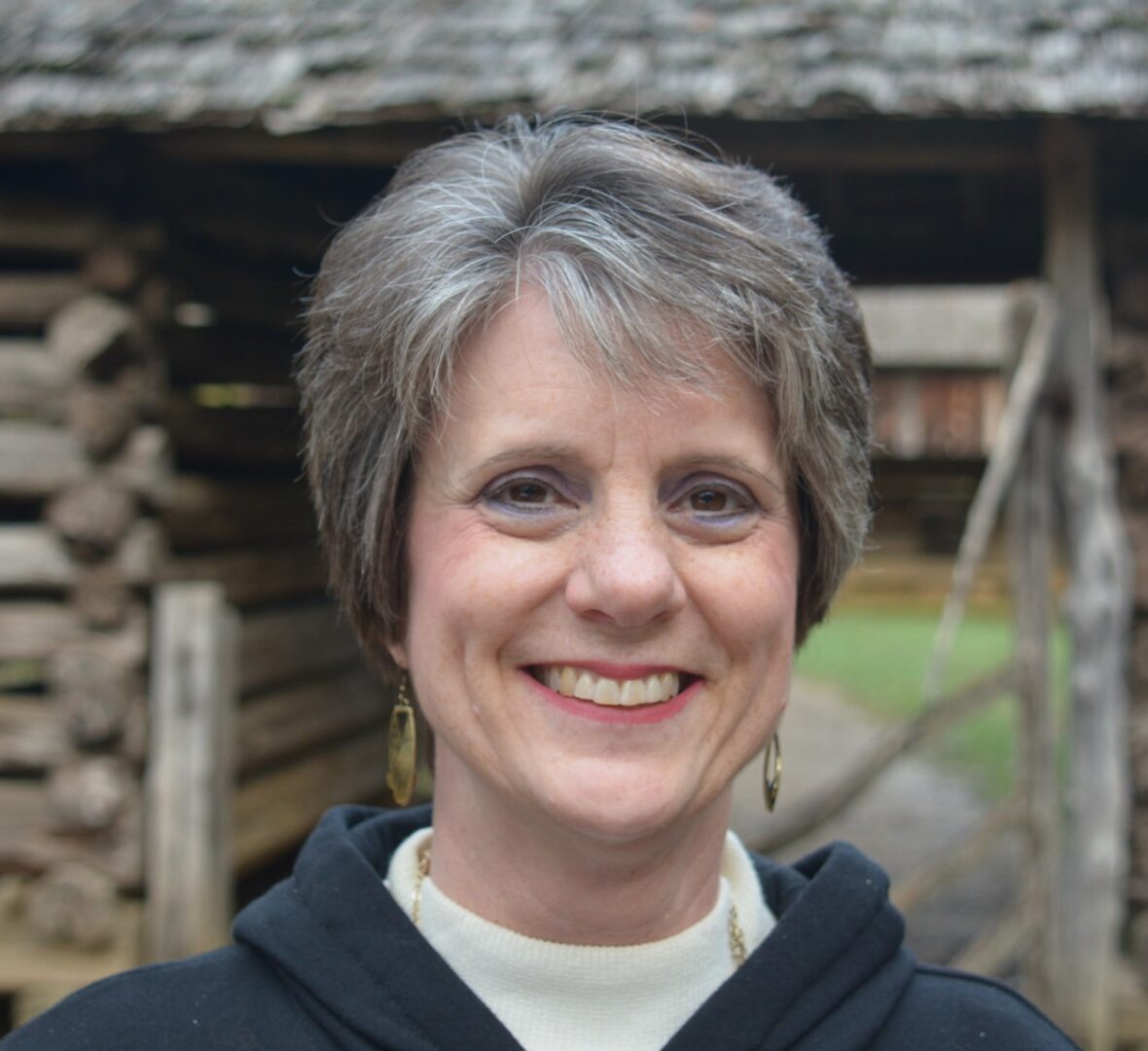
The Spiritual Truth of Collard Greens (by guest Kathi Holcomb)
A friend sent me a picture of her collard greens “going to seed†asking what spiritual truth I could surmise from the picture. After some thought and a little research about what “going to seed†meant, a spiritual truth came to mind. There is always beauty in death, I thought. It is part of the cycle of life.
“Going to seed†indicates deterioration and is the beginning of a plant’s journey towards death. Before that happens, however, it produces lovely blooms. The yellow flowers on the collard greens bring “sunshine†to the garden signaling a time for new growth. Within the developing pods of the collard greens, multiple seeds form – seeds that will produce more delicious greens to harvest and enjoy.

The spiritual truth behind collard greens “going to seed†was initially something my friend and I laughed about, but as we discussed the life cycle of plants, my friend, a gardener, began to describe a process we both recognized as occurring in a believer’s life. All believers are called to die to self. From that spiritual death, life is found and beauty is revealed.
In the days before Jesus’ death, He made a statement to His disciples that they did not understand.
“The hour has come for the Son of Man to be glorified. Truly, truly, I say to you, unless a grain of wheat falls into the earth and dies, it remains alone; but if it dies, it bears much fruit. He who loves his life loses it, and he who hates his life in this world will keep it to life eternal. If anyone serves Me, he must follow Me; and where I am, there My servant will be also; if anyone serves Me, the Father will honor him.†John 12:23-25
At the time these words were spoken, no one was thinking about death. They were thinking about a different kind of life they hoped that Jesus was going to bring to the nation of Israel. But Jesus was speaking of His impending death on the cross, pointing out that His death would bring a harvest of salvation for those who would believe. He was the “grain of wheat†falling into the earth, dying, and bearing much fruit. His followers might also be called to lose their lives, too, in service to Him.
Although death is part of the life cycle and is non-negotiable, it is not something we tend to think about every day. Nor do we prepare for it. And we surely don’t focus upon it being part of a quest for fruitfulness. Yet, death, both physically and spiritually, is a theme that runs throughout scripture, promising fruitfulness and life.
“If anyone wishes to come after Me, he must deny himself, take up his cross daily and follow Me. For whoever wishes to save his life will lose it, but whoever loses his life for My sake, he is the one who will save it.†Luke 9:23-24
“He died for all so that they who live might no longer live for themselves, but for Him who died and rose again on their behalf.†II Corinthians 5:15

“I have been crucified with Christ, and it is no longer I who live, but Christ lives in me; and the life which I now live in the flesh I live by faith in the Son of God, who loved me and gave Himself up for me.†Galatians 2:20
“For you have died, and your life is hidden with Christ in God.†Colossians 3:3
Dying to self is an integral part of the Christian life. But what does it look like? It looks like me looking like Christ and less like me. It is me being patient in the presence of wrong. It is me being kind when my emotions scream anger. It is me being at peace when my circumstances are confusing. Dying to self is living in Christ through the act of obedience to His ways and not to mine. When I cease to exist, through the power of His Spirit, I shall reap a harvest of a beautiful life. Like the collard greens, I will have blossomed, “gone to seed,†and generated new seeds. What will your life look like?

Studying the Bible, teaching the Bible, speaking and conveying biblical truth for everyday living are Kathi Holcomb’s true passions. She has transformed her social working skills into ministering to women for over 30 years. She and her husband, Barry, have a teaching ministry called Home to Heart (hometoheartministry.com). They help believers integrate faith with real life whether it be through growing their daily walk with the Lord or recovering from difficult life circumstances.
2 Comments
Leave a Comment
Follow This Blog
Ewe R Blessed Ministries / Karen O. Allen

What an interesting post Ms. Kathi and Ms. Karen. Have I “gone to seed?” As I pondered this question, I asked myself if I’ve reached a point in my spiritual maturity that I’m dropping seeds of faith behind that can bring new growth in others. As I journey down the path God has laid out for me, although admittedly wandering off course quite often it seems, do I cross another’s path and leave behind seeds of faith (through what they see and experience with my encounter) that will spring forth new growth in them? If I’m honest, I’d say “I haven’t sown as many seeds as I could have.” Still, I pray that God continues to foster growth and maturity and use the seeds He gives me as He sees fit. Writing, service, a card or email, or other outreach to others with God’s love. Whatever the method, may it bring Him glory. Great post ladies. Thank you.
I hear what you’re saying. Very few of us could say we have dropped enough seeds of faith in our paths of life. But then, it’s a good thing to always be growing and to brighten a room with blooms of God’s joy. I must say you are quite good at using your seeds, J.D. Thanks for your comments.